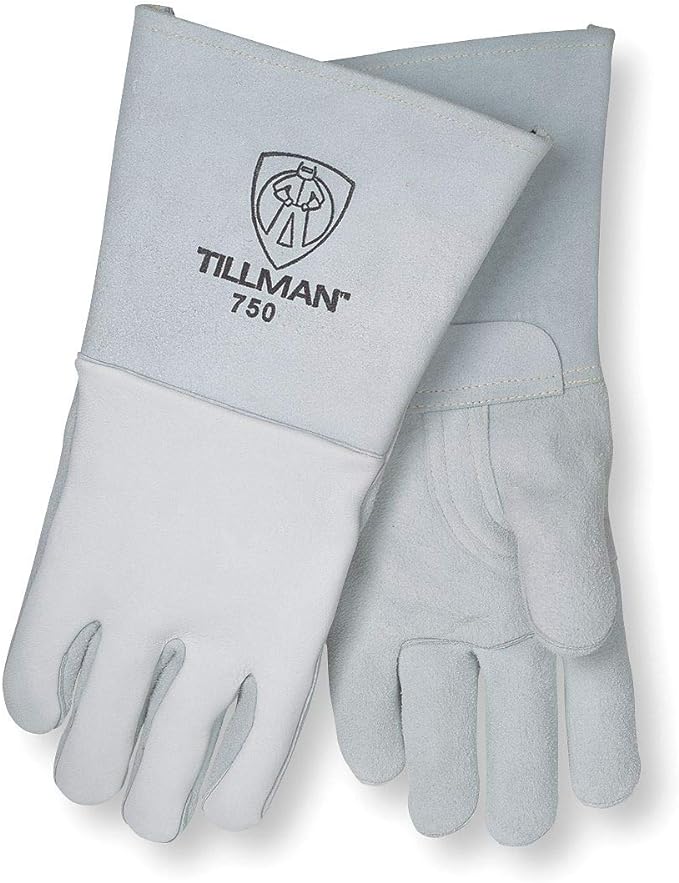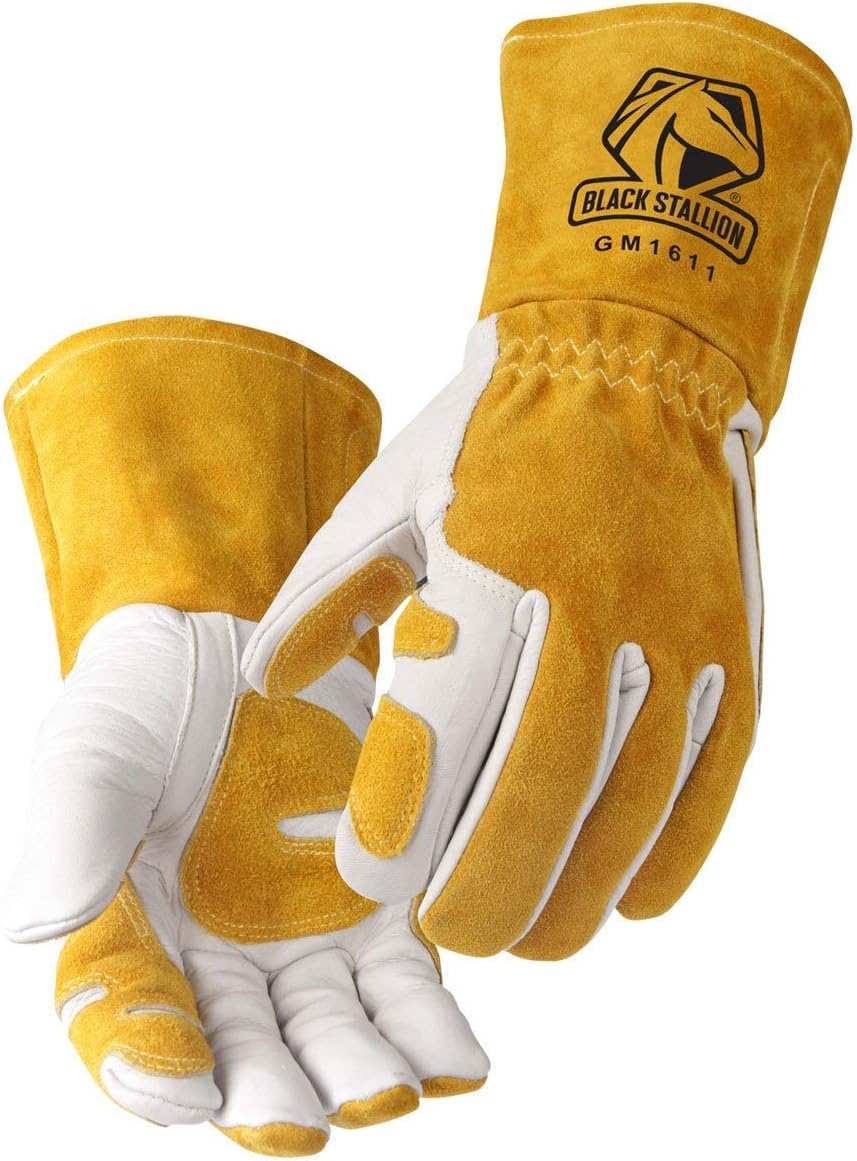Welding is a craft that requires precision, skill, and the right equipment to ensure safety and efficiency. if youve been in the trades you know how rough it is on your hands Im lucky to have a pair of gloves last me a month before they are more hole than glove. i find that they all end up either coming apart at the seams or blowing through the fingers Among the essential gear for any welder are welding gloves, designed to protect the hands from heat, sparks, and other hazards inherent in the trade. With a myriad of options on the market, it can be daunting to select the best welding gloves for your needs. In this article, we provide a comprehensive welding glove comparison to help you make an informed decision.

Understanding Welding Gloves
Before we dive into the comparison, let’s understand what makes welding gloves a critical part of a welder’s toolkit.
The Purpose of Welding Gloves
Welding gloves are not just about heat resistance; they are designed to offer protection from ultraviolet and infrared rays, electric shock, and abrasions. They are constructed from durable materials that can withstand extreme conditions, allowing welders to perform their tasks without compromising safety or dexterity.

Key Features to Look For
When comparing welding gloves, consider the following features:
- Material: Common materials include leather (cowhide, pigskin, goatskin, deerskin), Kevlar, and other flame-resistant fabrics.
- Heat Resistance: Gloves must be able to withstand the high temperatures associated with welding.
- Dexterity: Gloves should allow for sufficient movement of the fingers for precision work.
- Durability: They should be able to endure the rigors of welding tasks over time.
- Comfort: Comfortable gloves reduce hand fatigue and can improve a welder’s performance.
Best Welding Gloves on the Market
We’ve scoured the market to find some of the best welding gloves available. Here’s a comparison of top contenders to help you choose the right pair for your needs.
Entry-Level Welding Gloves
For those new to welding or looking for a budget-friendly option, entry-level welding gloves offer basic protection at an affordable price.
- Example Model: Lincoln Electric Traditional MIG/Stick Welding Gloves
- Material: Cowhide leather
- Pros: Good heat resistance, durable
- Cons: Less dexterity, may be stiff until broken in
Mid-Range Welding Gloves
Mid-range gloves offer a balance between cost and quality, suitable for hobbyists or professionals who weld less frequently.
- Example Model: Miller Electric Arc Armor MIG/Stick Welding Glove
- Material: Pigskin and cowhide leather
- Pros: Better dexterity, heat and flame resistant
- Cons: May wear out quicker than higher-end models

High-End Welding Gloves
For the professional welder, high-end welding gloves provide the best protection, dexterity, and longevity.
- Example Model: Tillman 875 Stick Welding Glove
- Material: Top-grain elk skin
- Pros: Excellent dexterity, extremely comfortable, high heat resistance
- Cons: Higher price point

Welding Gloves for Different Types of Welding
Different types of welding require different types of gloves. Here’s a breakdown of what to look for depending on your welding application.
MIG Welding Gloves
MIG welding gloves are designed for versatility and dexterity, allowing for the fine control needed for MIG welding.
- Key Features: Good heat resistance, excellent finger sensitivity
- Recommended Model: Revco GM1611 Top Grain Leather Cowhide MIG Welding Gloves
Stick Welding Gloves
Stick welding generates a lot of heat and spatter, requiring gloves that offer maximum protection.
- Key Features: Maximum heat resistance, durable materials
- Recommended Model: Caiman 1878-5 21-Inch Deerskin Welding Glove
TIG Welding Gloves
TIG welding requires the highest level of dexterity, so gloves need to be flexible and allow for precise finger movements.
- Key Features: High dexterity, thinner materials
- Recommended Model: Steiner 0217 Suede Lined TIG Welding Gloves
Specialty Welding Gloves
There are also gloves designed for specialized welding applications, such as overhead welding or high-temperature environments.
High-Temperature Gloves
For welding in exceptionally high-temperature conditions, look for gloves that can withstand extreme heat.
- Recommended Model: Black Stallion BSX Extreme Welding Gloves
Overhead Welding Gloves
When welding overhead, you need gloves that offer additional protection from falling debris and spatter.
- Recommended Model: Revco 220CS Cowhide Welding Cape Sleeve
by KAL VISUALS (https://unsplash.com/@kalvisuals)
Care and Maintenance of Welding Gloves
To ensure your gloves last and provide consistent protection, proper care is essential.
Cleaning and Storage
- Cleaning: Remove any debris or spatter after each use. If needed, wipe with a damp cloth and allow to dry naturally.
- Storage: Store in a cool, dry place away from direct sunlight and heat sources to prevent material degradation.
When to Replace
Regularly inspect your gloves for signs of wear, such as holes, thinning material, or compromised seams. Replace them if they no longer offer adequate protection.
Conclusion: Finding the Right Balance
When it comes to welding gloves comparison, the best choice will depend on your specific welding tasks, frequency of use, and budget. Whether you opt for entry-level, mid-range, or high-end gloves, ensure that they provide the necessary protection, comfort, and dexterity for your work.
Remember, investing in a good pair of welding gloves not only safeguards your hands but also enhances your performance as a welder. Choose wisely, and weld safely.
by Viktor Bystrov (https://unsplash.com/@xokvictor)